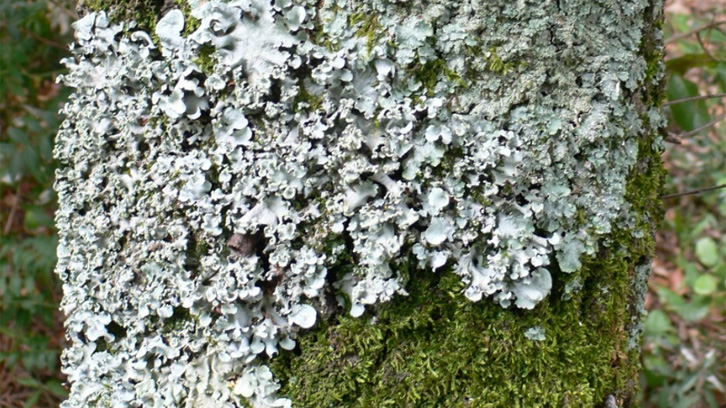The critical level of atmospheric ammonia in a farming area in Catalonia

Livestock farming and agriculture are the most important sources of ammonia emissions to the atmosphere, emissions that result from ammonia volatilization from livestock waste or synthetic nitrogen fertilizers applied to crops. In small doses, nitrogen deposition may have beneficial effects, since nitrogen is part of numerous enzymes, proteins and nucleic acids, thus being an essential nutrient for life. But if nitrogen deposition exceeds the processing capacity of ecosystems, then, we have a problem. In fact, some authors consider that the alteration of the nitrogen cycle is one of the greatest environmental threats to the planet, similar to climate change or the loss of biodiversity.
At the ecosystem level, excess nitrogen deposition causes the loss of biodiversity, deterioration of water quality (as high N deposition reaches aquifers), acidification of soils and waters, and nutrient imbalance in plants and other organisms. Also, the loss of air quality derived from nitrogen emissions may have deleterious effects on human health.
To counter these problems, the UN / ECE (United Nations Economic Commission for Europe) promoted the creation of CLRTAP (Convention on Long Range Transboundary Air Pollution) in the early 1980s. This Convention has been formulating several protocols to reduce emissions of nitrogen and other pollutants and diminish their effects on ecosystems. In general, these measures have been positive. But for ammonium, and specifically in Spain, the situation has not improved much: emissions in 2016 were 39% higher than those of 1980.
The concept of Critical Level was developed as an appropriate instrument to guide decision making to control emissions. The critical level is defined as the threshold value of atmospheric concentration of a pollutant above which detrimental effects on the ecosystem are observed. Our study aims to determine the critical level for ammonia in a holm oak forest surrounding a livestock farm in Osona, by studying the effects of ammonia on the epiphytic lichen communities.
Lichens and mosses are excellent indicators of air quality, as they depend on the atmosphere for water and nutrients and they do not possess a protective cuticle (as plants do), which makes them very sensitive to air pollution. Thus, many species of lichens cannot live at certain concentrations of pollutants in the air, so they are considered good bioindicators.
To study the critical level of ammonia, we established 15 plots in a 600m transect in a holm oak forest located leeward from a farm near Vic. At the sampling points we inventoried the frequency of the different lichens species in 4 oaks per plot and fortnightly we measured the ammonia concentrations in each plot over a year.
Indeed, we obtained an inverse relation between ammonia concentration in the air and the diversity of sensitive (oligotrophic) lichen communities. The critical level was determined at 2.6 micrograms of ammonia per cubic meter, a value about 3 times higher than the reference level in Europe. This difference is interpreted by the fact that we are in an ecosystem that has been historically affected by ammonia emissions compared to the natural situation in the absence of agriculture and livestock: this value represents de critical level for an already impacted ecosystem. However, its determination is still very important to establish a protective threshold for this type of forest ecosystem for the future.
References
Aguillaume L, Avila A, Pinho P, Matos P, Llop E, Branquinho C. The critical levels of atmospheric ammonia in a Mediterranean forest. Water, Air and Soil Pollution, 2017, 228:93. Doi 10.1007/s11270-017-3286-8.

